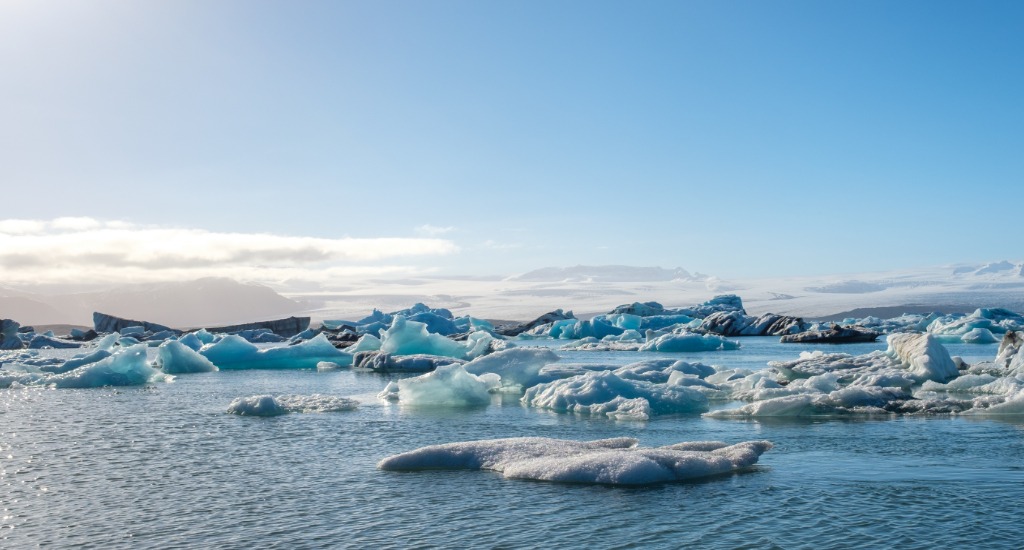Earth’s atmosphere has had extreme changes, and has warmed and cooled over and over throughout its history. This happens as the planet receives less or more sunlight because of movements in its orbit, as the climate or surface changes, or when the Sun’s energy fluctuates. However, mankind has been equally responsible for these climate changes in the last century.
With nature now asking questions of our existence with this rising catastrophe (global warming), mankind now will have to answer questions like: How can this warming compare with past changes in Earth’s atmosphere or how much more will the Earth warm? Will Earth respond with a trouble-shooter or start shooting the trouble itself
What is Global Warming?
The unusual fast expansion in Earth’s average surface temperature over the previous years, firstly, due to greenhouse gases that are emitted by human’s burn fossil fuels is Global Warming.
How is the warming different currently from the past?
The global warming impacts can be viewed as a proof that is present in the layers of ice in icy masses, sea build up, coral reefs, and layers of sedimentary rocks has shown that Earth has experienced environmental change in the past without help from mankind.
Today, humanity has contributed to Global warming heavily, which has demonstrated the excessive changes in the environment, making the situation a lot more harmful and difficult to deal with.
How Will Global Warming Change Earth?
Global warming has pushed Earth and its ecosystem to its limits. To name a few: sudden change in weather which leads to either increase or decrease in temperature, affecting the natural way of nature conducting itself, lack of water, poor soil to grow crops on, etc.
Changing Weather
Change in climate aggravates the sudden change in weather. Some places or most places will see rise in temperatures which creates an imbalance and leads to other problems like intense storms, salt invasion etc. Rise in sea temperatures is boosting chances of hurricanes, while change in patterns of precipitation will naturally create issues like drought and storms.
Rising Sea Levels
10% of the world’s total population reside at risk areas that are less than 10 meters above sea level and rising sea level is alarming.
It is speculated that islands will disappear once sea levels start crossing average limits. The risk of coastal erosion and floods will be at its peak.
Since 1993, as per NASA satellites, ocean levels are rising all the more rapidly, around 3 millimetres for each year, for an all-out ocean level ascent of 48 millimetres somewhere in the range of 1993 and 2009.
Exploration on Climate Change has exhibited that ocean levels will ascend somewhere in the range of 0.18 and 0.59 meters by 2099 as warming ocean water extends, and mountain and polar icy masses melt. However, this is still considered an understated statistic as melting of glaciers ice dominant lands like the Antarctic is not included in the aforementioned speculated figure. It is quite understood when temperatures rise, ice will melt faster.
Impacting Ecosystems
Plants and animals co-existing in ecosystems on land and water are having a negative impact leading to extinction eventually and creating an imbalance in nature. In second half of 20th century, the growing season in few parts of northern hemisphere became 2 weeks longer and spring arrives early in both hemispheres.
Plants require more water to nourish throughout the season as the warmer temperatures also extend in the growing season. No water can dry out plants, which has a higher chance of failed crops.
The broader ecosystem gets affected due to the change in growing season which hampers the growth and reproduction if pollinators and plans because of which it may lead to shortage of food throughout the food chain.
Temperatures are not suitable to animals and plants in some ecosystems. Species, in some cases, entire ecosystems try to migrate to suitable conditions but unfortunately some face extinction as they do not make it to their destination quickly.
Impacting People
With an individual perspective, people are used to a set cycle, set temperatures. Not all humans can cope up with extreme temperature changes. Looking at impact of global warming on people collectively, the risk for people living in low-lying areas or on coastal regions are more likely to face troubles.
Coming years, we may have extreme summers which could led to high temperatures causing more stroked and deaths, and poor air quality due to huge level of near- surface ozone and smoke, and an intense drought can lead to rise in malnutrition people.
To sum up, global warming is boosted by mankind and mankind does have the potential to control it. If the greenhouse emissions keep rising, the situation won’t be in the control of humans at some point. There are small steps taken by certain countries to control the risk of global warming going out of hand and this does give scientists hope, that if humans impose control on the situation in time, the earth can heal quickly enough.














